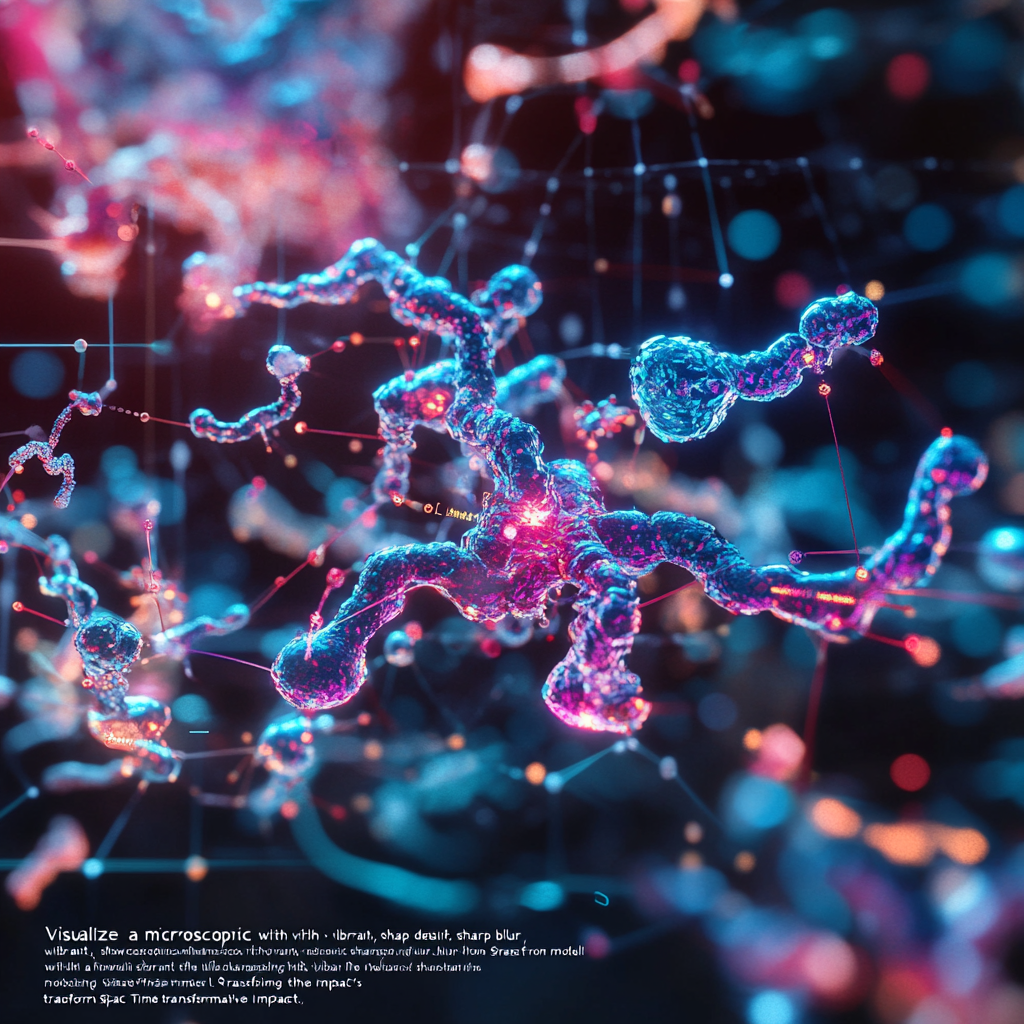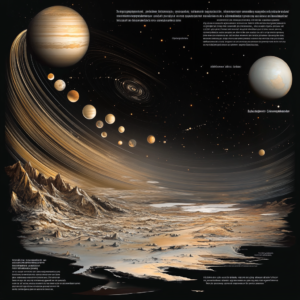
“Enhancing Microscopic Imaging: Novel Tool Eliminates Motion Artifacts”
Unraveling the Mysteries of Microscopic Imaging: A Revolution in Clarity
When diving into the intricate world of microscopic imaging, behold—the greatest nemesis of researchers lurks in the shadows: motion artifacts. Imagine capturing a stunning photo of a delicate flower, only to find that a gust of wind turned it into an abstract painting. That’s what motion artifacts do to microscopic images of living cells and tissues—they turn exquisite information into a blurry mess that leaves scientists scratching their heads and muttering expletives. But lo and behold, the scientific community has apparently waved a wand and conjured up a new tool that promises to banish these rascally artifacts to the depths of oblivion.
The Perils of Motion Artifacts
To put it plainly, when you're trying to capture images of dynamic samples—think cells wriggling about, tissues pulsating, or any other magnificently alive specimen—you’re facing the very real threat of motion artifacts. These nuisances can rear their ugly heads when the sample decides to throw a dance party in the imaging chamber. Even the slightest shimmy can lead to blurry or distorted images, making credible science feel like a doodle done by a toddler. And let’s not even mention the woes of high-resolution imaging, where that tiny jiggle translates to a dramatic plunge in quality.
Enter the Neural Space-Time Model (NSTM)
Brace yourself, noble reader, for the arrival of a splendid innovation—meet the Neural Space-Time Model (NSTM). This newly minted computational imaging tool claims to banish motion artifacts with style and finesse, as unveiled in a blockbuster study strewn across the pages of Nature Methods. Yes, it’s real, and it sounds like something straight out of a sci-fi movie.
How NSTM Works Its Magic
Now, let’s break it down so even your not-so-scientifically-minded friend can grasp its brilliance. Here’s how the NSTM dances its way through the minefield of motion distortion:
- Data Collection: Our little hero, the NSTM, starts by snagging data from the microscope while conditions in the imaging chamber resemble a bustling marketplace.
- Motion Detection: Next, it plays a game of “Where’s Waldo?” but with motions, catching those pesky twitches before they wreak havoc on our precious data.
- Correction: Just when you think the picture is a loss, the NSTM, armed with its neural network arsenal, swoops in to perform some digital gymnastics and correct the images, compensating for that detected dance party.
- Image Reconstruction: And voilà! We have high-quality images that don’t resemble abstract art pieces, but rather beautiful representations of our subjects, untainted by motion artifacts.
What’s in It for Us? Key Benefits of NSTM
Clarity is the name of the game, and the NSTM is here to raise the stakes with several delightful benefits:
High-Resolution Imaging
Imagine being able to capture those dazzling high-resolution images even while your sample is having a good old wiggle. This nifty feature is pure gold for studying dynamic biological processes. No more blurry blunders; just crisp and accurate snapshots of life in action.
Real-Time Correction
What’s that? A tool that corrects motion artifacts while you’re imaging? Count me in! No more waiting for someone to sift through the post-processing debris. With NSTM, you’re getting real-time corrections that leave other methods in the dust.
Versatility Strikes Again
Imagine slapping the NSTM on various types of microscopes. That’s right—it’s adaptable! Whether you’re eyeballing cells or materials, this tool can fit right into your research toolbox without breaking a sweat.
The Ripple Effect: Applications and Impact
The NSTM isn’t just a nifty gadget; it’s set to make waves across multiple fields. Buckle up, because we’re going for a ride through the benefits in:
Biomedical Research
The stakes are high in biomedical research. High-quality imaging can mean the difference between groundbreaking discoveries and utter confusion. With NSTM on board, researchers can hop on the clarity train and explore dynamic processes with newfound precision.
Disease Diagnosis
In the high-stakes world of disease diagnosis, poor images mean poor outcomes. The NSTM’s contributions can help doctors glean accurate information from microscopic samples, improving diagnostic accuracy and paving the way for better treatment strategies.
Materials Science
A world of wonder awaits in materials science, where the NSTM will allow scientists to observe materials at the microscopic level, even as they shift and change. A celestial opportunity for understanding how materials behave under various conditions.
Gazing into the Crystal Ball: Future Directions
While the NSTM is a treasure trove of advancements, it’s clear we’re just scratching the surface. Let’s peer into the not-so-distant future and see what could be next:
-
Integration with Other Technologies: The possibility of fusing the NSTM with advanced imaging techniques like the CLARITY method beckons. Imagine the image quality when two inventive forces join hands!
-
Automated Image Processing: Just think of the time saved if we could throw in some automated image processing—the future is buzzing with potential here.
-
Broader Applications: Who knows, perhaps NSTM will find its way into even more strange and wonderful domains such as environmental monitoring.
Conclusion
So, my dear readers, the Neural Space-Time Model is the dazzling star of the show, poised to redefine microscopic imaging. Its ability to obliterate motion artifacts in real time and its versatility across various applications are bound to spark a revolution. From unraveling the delicate intricacies of cellular life to pioneering diagnostics and beyond, clarity has never been this close at hand.
Want to stay up to date with the latest news on neural networks and automation? Subscribe to our Telegram channel: @channel_neirotoken

